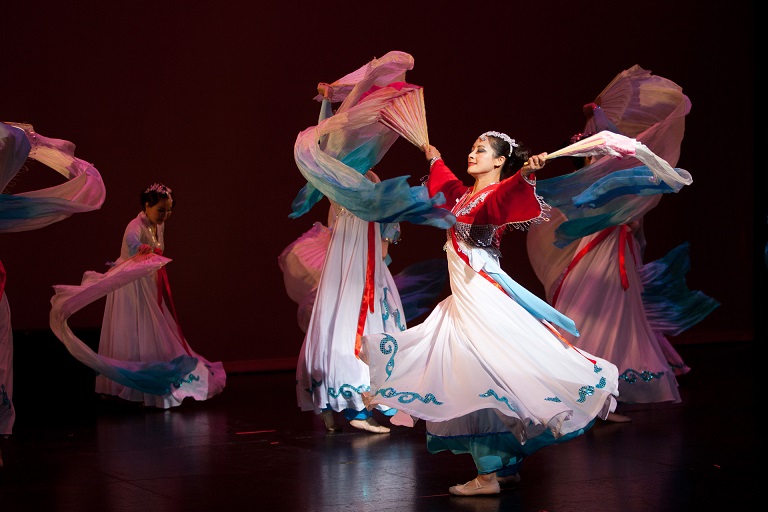Performing Arts
Chinese Theatre Arts
Performing arts : Chinese theater art dates back to as early as the Shang Dynasty in 1500 BC. There are so many subcategories in the Chinese theatre such as Beijing Opera, Acrobats, Clowning, Shadow puppetry, etc. Music and acrobatics evolved in the Shang Dynasty with many plays having these elements. Theatre arts further flourished during Yuan Dynasty. The structure began evolving and gaining recognition throughout the whole of China.
The Yuan style is reflected in Beijing Opera which is alive till this date. Chinese theater arts comprise primarily of four skills. They are voice, dance, song and acrobats. Dancing is done along with acting and combat is a part of the acrobats.
In all these, the basic emphasis is on the beauty of the movement and the actors are supposed to master all four of them as they are the part and parcel of the Chinese theater arts. Certain actions are a code and can be interpreted about some happening. Like when an actor walks in a circular motion, that means he is travelling over a long distance, on other instances if the actors on stage straighten their cloths and head gear means that the leading character is going to say something important.
Shadow Puppetry The Tang Dynasty witnessed the rise in shadow puppetry. It reached such great heights that an acting school named The Pear Garden was started by Ming Huang which produced musical drama and the actors of this school were known as The Children of the Pear Garden. There were two subcategories of shadow puppetry, Cantonese and Pekingese. The difference was in the making of the puppet. The Cantonese puppets were larger with the characters having symbolic colors according to the roles they are depicting. They were made out of thick leather and the rods were attached perpendicular to the head of the puppet.

The Pekingese puppets were more delicate and small and brightly colored. They were made out of thin and translucent leather and the rods were attached to the neck of the puppet which were bent at ninety degree and ran parallel to the body of the puppet. The storyline was usually same for both Cantonese and Pekingese.
The Chinese puppeteers believed in an age-old superstition that the puppets come alive at night if the head of the puppet was left intact with the body. So the head and the body were detached and stored in two different boxes. The shows are usually being presented on rectangular platforms with the audience surrounding it from three sides. Shoujiu is an embellished curtain which divides the curtain into two. The stage is sparsely decorated with more emphasis on the actors who wear bright clothes and makeup and thus less number of props are used during the performance.
The attire differs according to the role being played. King and his family wear yellow costumes where as a highly ranked warrior wears a purple outfit. Mang or python robe is the name given to this class of costumes. A character of high rank wears red garment with rich embellishments often in the shape of a dragon and other characters of lower rank wear blue robe. A young character wears white clothes, an older personality wears white, olive or brown and the rest of the supporting actors wear black robes.
We Are Helping 1000 Businesses Amplify Their Online Presence
The music is played on instruments such as jinghu, a small two strings, high pitched spike fiddle and Ruan, a plucked lute with circular body. The performance begins with the stern beating of drums known as Xiaoluo and Daluo. There are three classifications of the melodies being played. Aria is the first class with two subcategories, Erhuang and Xipi. Xipi is used to express more loud expressions.

Qupai is the second class which basically consists of instrumental tunes depicting the happening of a big event like a festival or feast or the entree of an important character. Percussion pattern is the third class which includes fixed tune music. The theme of most of the plays are illusionistic and or realistic, mostly involving Chinese folk tales. Later on plays were also written on history and the dramas today encompass the Chinese version of international plays such as A Midsummer Nights’ Dream and King Lear.
Theater Arts - History Of Opera
Performing Arts - Shakespearian Plays
Art Prints—Finding The Best Value
Music Business And The Making Of Music
Tweet
Follow @Charlesfrize









